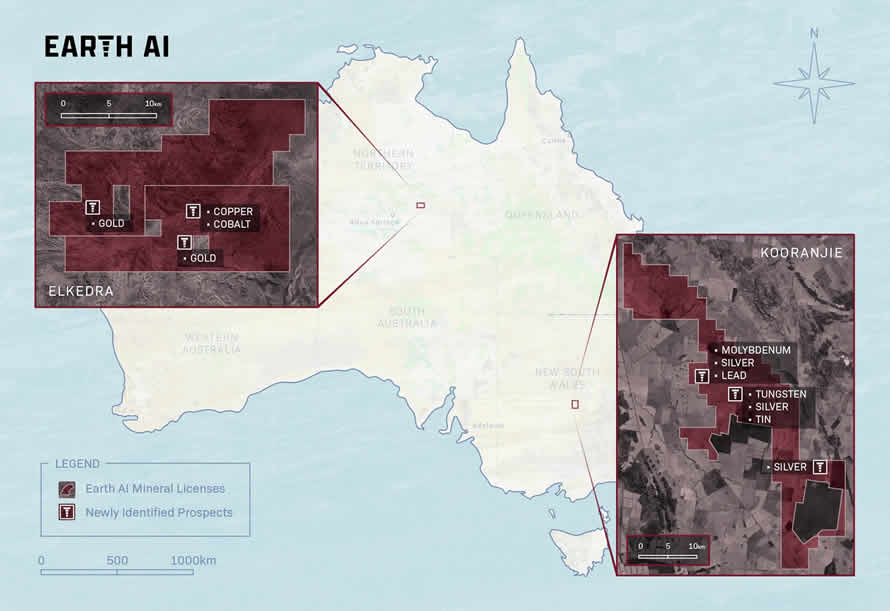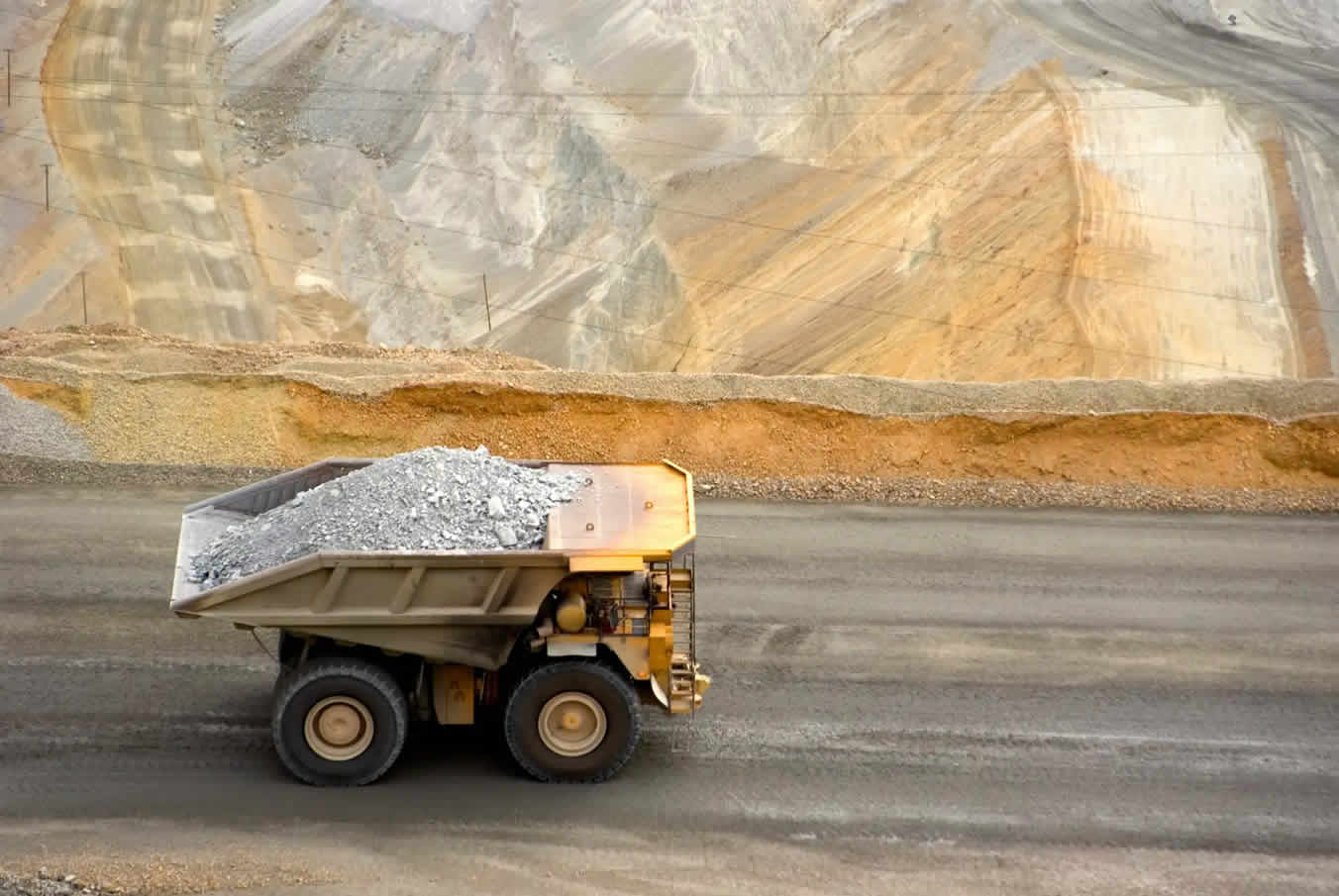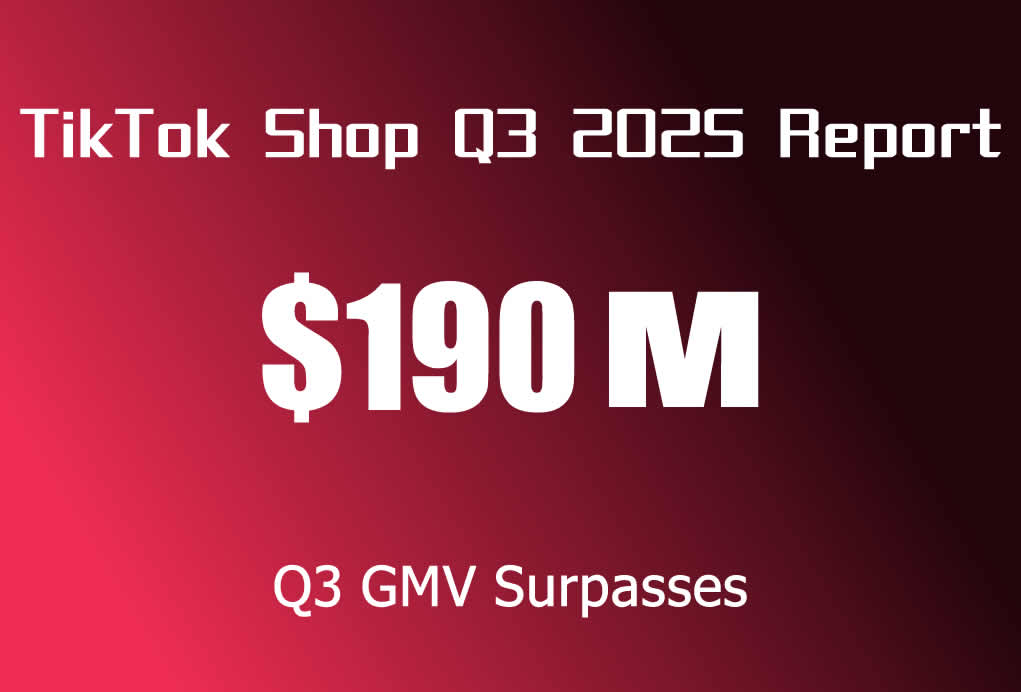Earth AI’s groundbreaking algorithms have uncovered deposits of critical minerals in regions previously dismissed by traditional exploration methods, according to a report by TechCrunch. The discovery, announced this week, could reshape global supply chains for rare-earth elements essential to clean energy technologies, semiconductors, and defense systems.
For decades, mining companies focused on known geological hotspots, leaving vast areas unexplored due to cost constraints or outdated assumptions. Earth AI’s machine learning models, trained on petabytes of satellite imagery, historical drilling data, and geochemical signals, identified high-potential sites in overlooked locations—from arid deserts to dormant volcanic zones.
Earth AI has identified deposits of copper, cobalt, and gold in the Northern Territory and silver, molybdenum, and tin at another site in New South Wales, 310 miles (500 kilometers) northwest of Sydney.

“The industry has operated on hunches and legacy data for too long,” said Dr. Elena Torres, Earth AI’s Chief Geoscientist. “Our algorithms cross-reference subtle patterns humans can’t detect—like mineral signatures in soil microbes or faint electromagnetic anomalies. This isn’t just about finding minerals faster; it’s about redefining where we look.”

One notable success occurred in Australia’s Outback, where Earth AI pinpointed lithium-rich clay layers beneath shallow salt flats—a site ignored by major miners. Preliminary tests suggest the deposit could meet 15% of global lithium demand by 2030. Similar breakthroughs in cobalt and rare-earth metals are already attracting partnerships with EV manufacturers and governments.
Critics argue that AI-driven exploration risks accelerating environmental harm if not paired with stricter sustainability protocols. Earth AI claims its approach reduces unnecessary drilling by up to 70%, minimizing habitat disruption. “We’re not here to replace traditional geology,” Torres added. “We’re here to make it smarter.”




